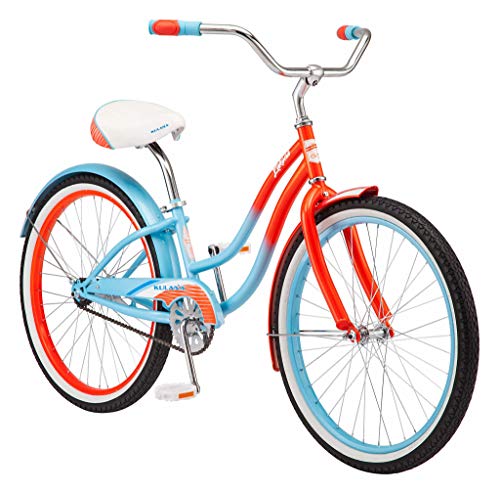I've got some spots on some rims and fenders that aren't bad enough for bondo so I was planning on using a building or filler primer on them. I was planning on spraying on the primer, sanding and doing this as many times as needed to cover the scratches and small imperfections. Here are my questions:
1. After I sand the primer, how do I make sure I've got all the dust off before starting with my second coat of primer? Seems like just wiping off with a rag or using the air compressor to blow them off isn't going to get it all off. Wet rag and completely dry before second coat? Alcohol wipes?
2. What is the difference between etching primer and filler primer? The shop I got my paint from gave me etching primer. Should I use this first then come on top of that with my filler primer?
Thanks in advance for the help and advice.
Caleb
Sent from my iPad using Tapatalk
1. After I sand the primer, how do I make sure I've got all the dust off before starting with my second coat of primer? Seems like just wiping off with a rag or using the air compressor to blow them off isn't going to get it all off. Wet rag and completely dry before second coat? Alcohol wipes?
2. What is the difference between etching primer and filler primer? The shop I got my paint from gave me etching primer. Should I use this first then come on top of that with my filler primer?
Thanks in advance for the help and advice.
Caleb
Sent from my iPad using Tapatalk

































































